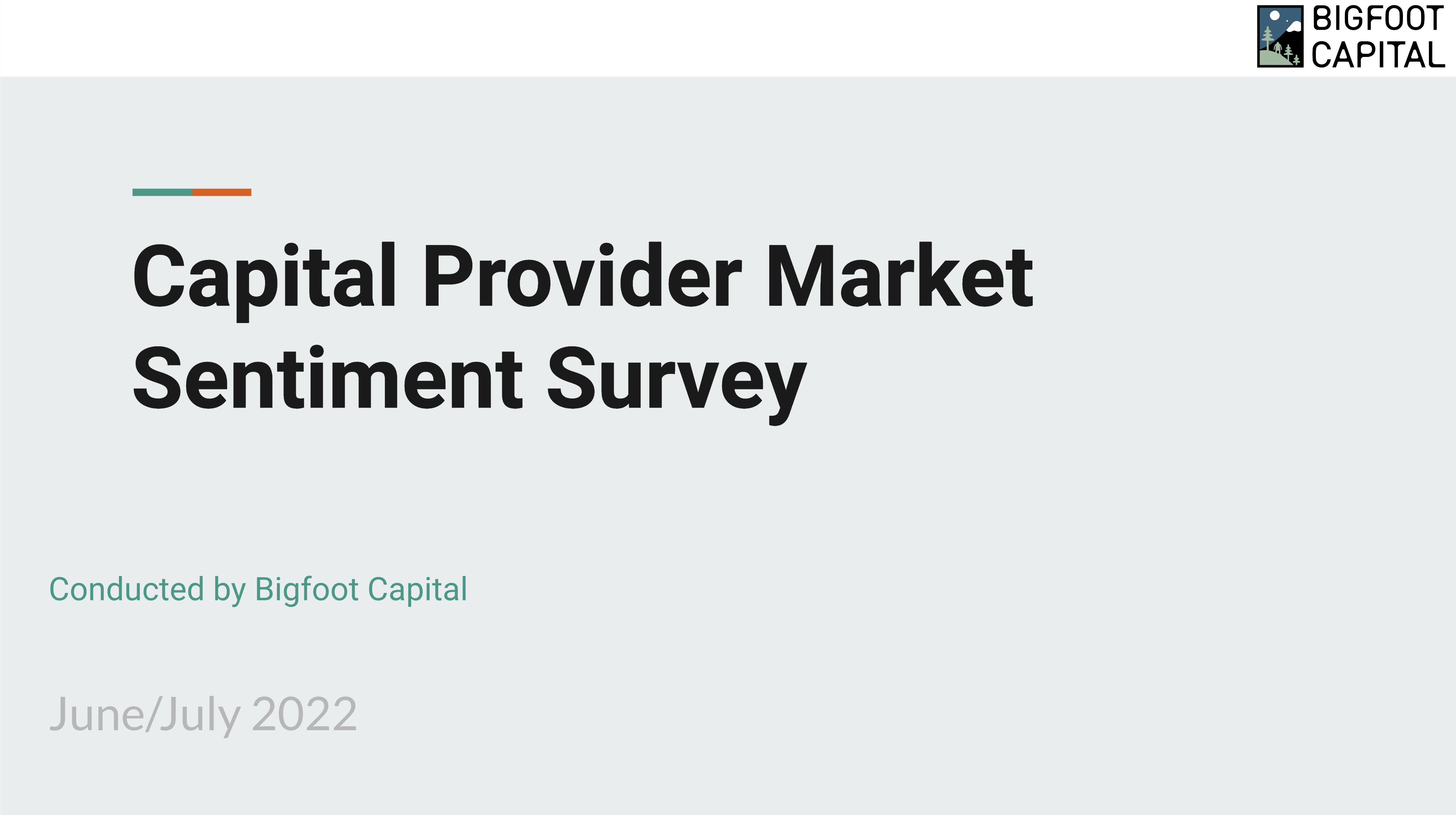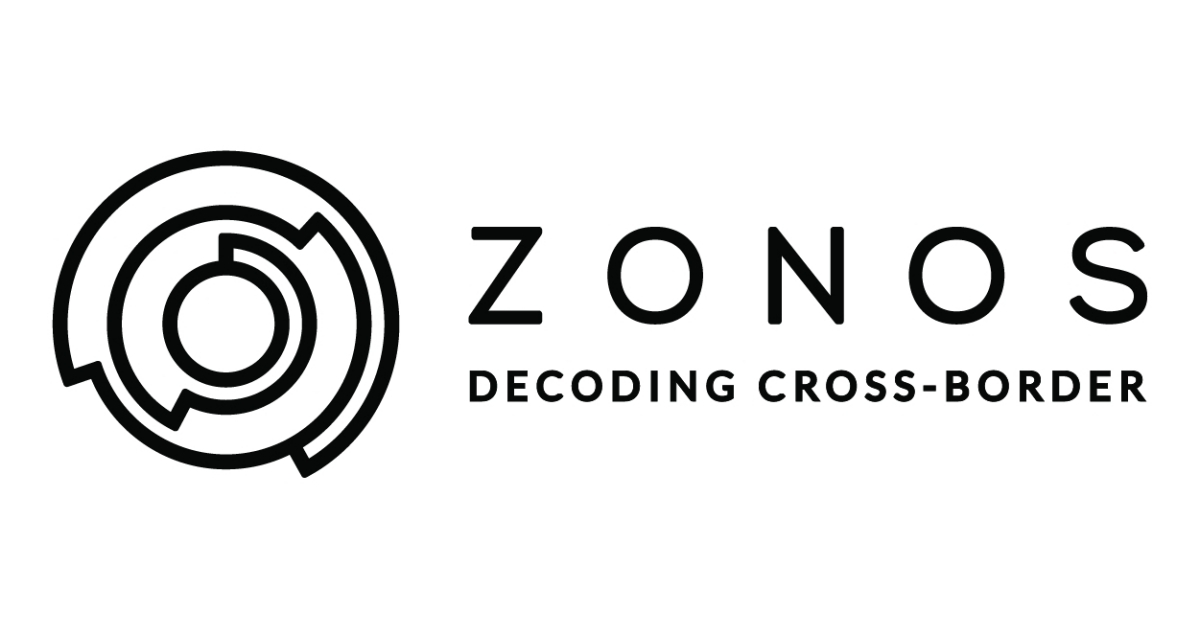
What is a Market Penetration Strategy: The SaaS market is booming with global market is anticipated to reach $220.21 billion by 2022, growing at a rate of 30% per year.
Salesforce (which trails only Microsoft in market share) reported $3.74 billion for Q1 2020, but the field isn’t limited to the big-name players. According to 99firms, in addition to publicly traded companies, there are currently more than 10,000 private SaaS companies offering services in the marketplace. While these companies generate less than $3 million in revenue on average, they signal that more and more businesses are automating services themselves as the cost of launching a SaaS offering declines.
Because the SaaS market is already established, for a startup in the arena, growing sales can be less about convincing prospective customers new to technology to adopt your service and more about convincing a competitor’s customer that your service offers something better.
Known as market penetration, it’s one of four primary strategies for growth according to the Ansoff Matrix or the Product/Market Expansion Grid, a tool designed to help firms analyze growth. Because market penetration is accomplished with existing products in existing markets, the market penetration strategy is the least risky.
For SaaS companies, market penetration is increasing market share in an environment that is often saturated with options that have different nuances, benefits, and drawbacks. A market penetration strategy in SaaS involves being carefully attuned to the value your product provides your customers and slowly gaining market share.
Here are to the key things that every SaaS startup should do to gain market share in the competitive landscape of SaaS.
Calculate it.
In the modern sense, market penetration is both an activity and a metric. As a startup with a solution, it’s likely that you’ve tried to give numbers to your total addressable market (TAM). If you have numerous competitors, it is likely that your market share will be smaller than if you have fewer competitors. To get your market penetration rate, divide your total number of customers by your target market. Then, set goals for the market share you’d like to achieve.
Carefully consider pricing.
Decreasing prices to attract existing customers or to maintain customer loyalty is a tried and true market penetration strategy. But, seller be warned, making your product free won’t solve your market penetration struggles. While a trial or low introductory rate might attract new customers, it doesn’t mean that they will become engaged customers that sign on after their free period to pay. While trials can be a useful tool, pricing should ultimately seek to match the value a SaaS product creates for customers.
For example, in the case of Hostifi, a service that provides hosting, founder Reilly Chase originally based the fee structure for customers on costs. In an interview with Bare Metrics, Chase describes how in the beginning he charged $19 for the first tier. What he didn’t realize at the time was that many of his users weren’t using near the limit of the first tier and felt as if they were overpaying. By adjusting the fee structure to reduce the cost of the first tier and add an additional tier, customers were able to get more value and ultimately became more incentivized to upgrade their subscriptions. In other words, pricing doesn’t have to be minimal or cost-based, it just has to match the value it provides to convince people to pay and keep them from unsubscribing.
Keep in mind that the conversation about pricing shouldn’t become static. As your product develops and the market changes, the value of your product might as well.
Kick up your marketing.
There’s a lot of churn in the world of SaaS, which is good and bad news for companies vying for subscription dollars. The good news is that consumers are willing to try new things, especially if your service fills a gap left unfulfilled by competition in an existing market. For example, you can use Google Ads or Gmail Ads to position your brand in front of your competition’s customers. By marketing your service and generating awareness of your product in targeted and measurable ways, you will likely find new consumers willing to give it a try.
Build alliances.
Strategic alliances broaden your market scope. Specifically, if clients or prospects have identified a gap in your service, identifying a partner that fills it can create a natural and attractive offering for existing and prospective customers. Strategic alliances can also use the brand of another company or product to introduce your brand to more customers in a more powerful way. For example, Shopify’s partner program allows partners to develop apps that compliment Shopify’s sales platform. In addition, it allows partners to refer potential clients, receiving a payment for each that signs on.
Questions about what a Market Penetration Strategy means for your company? Bigfoot Capital is here to help. Let’s talk. Sign up for our newsletter to make sure you get the latest.
Find the getting started application here.








